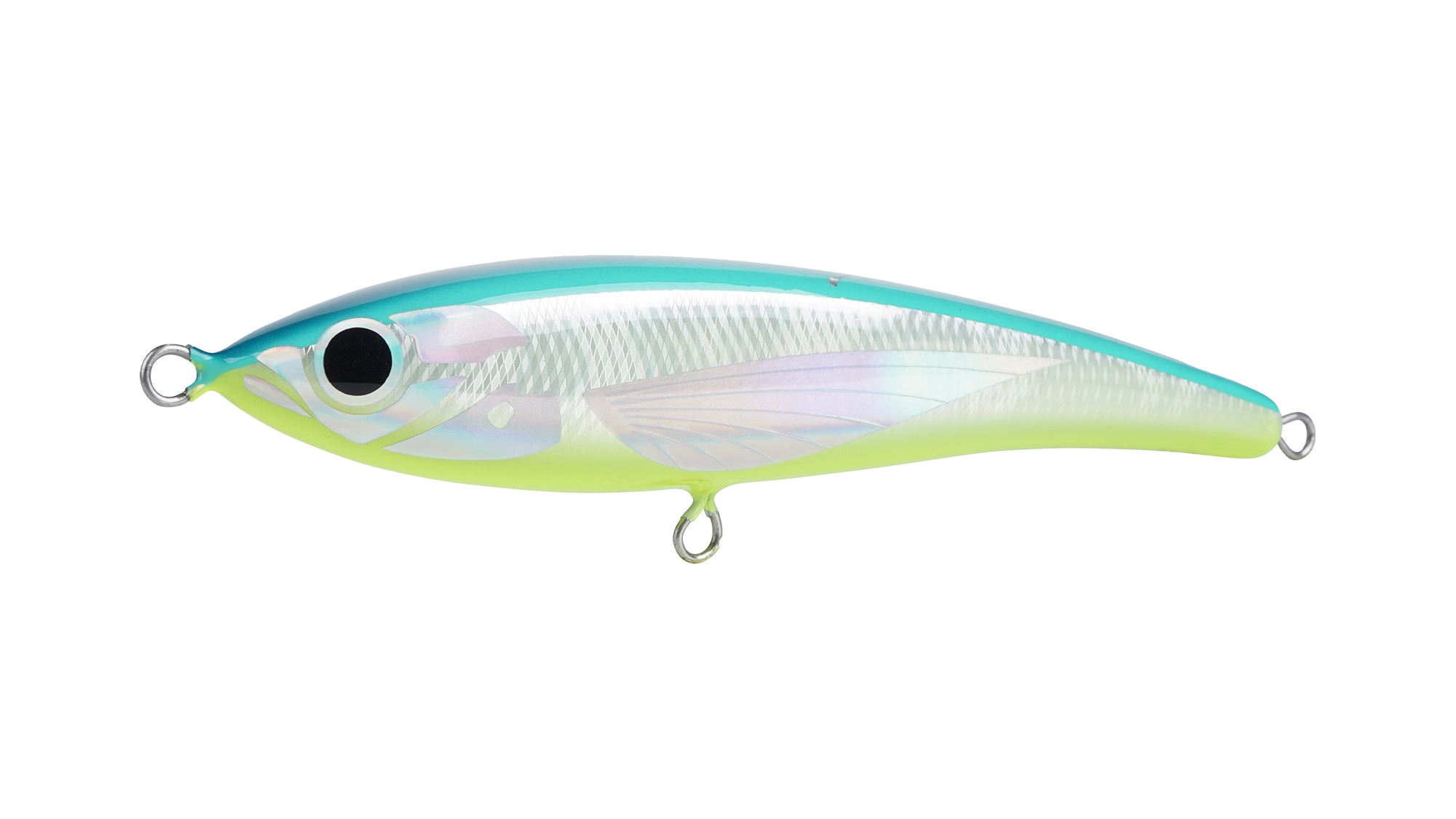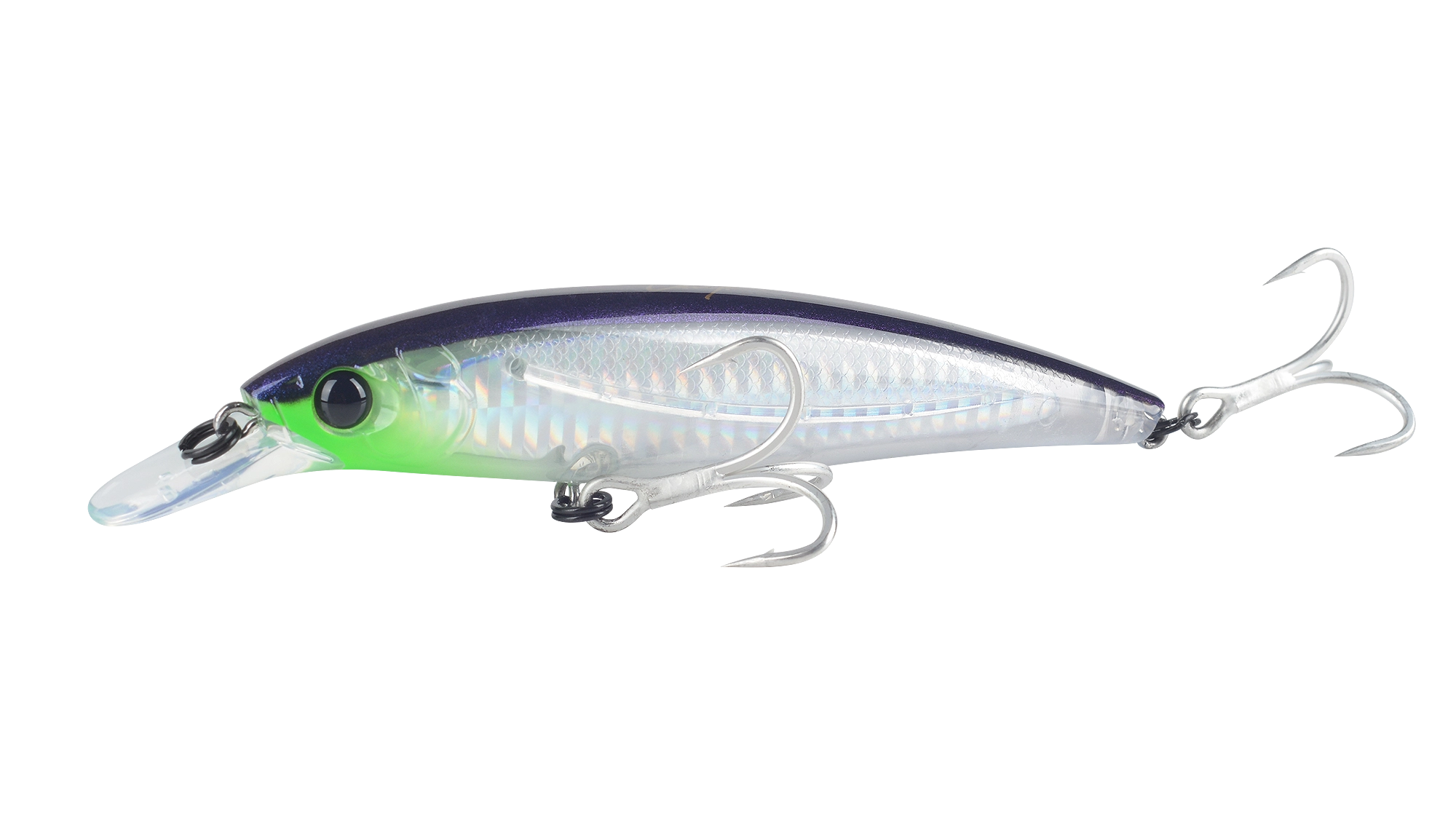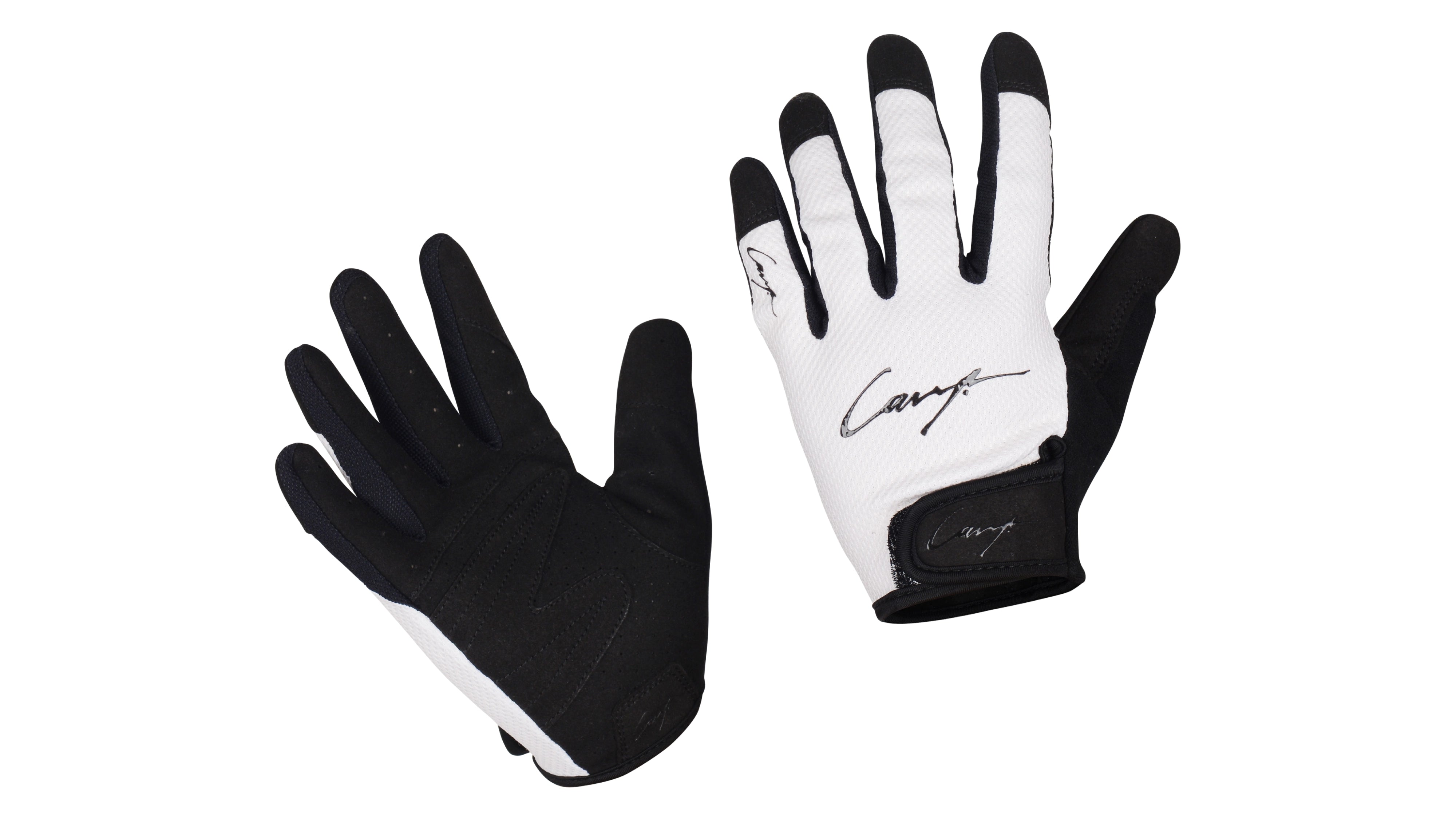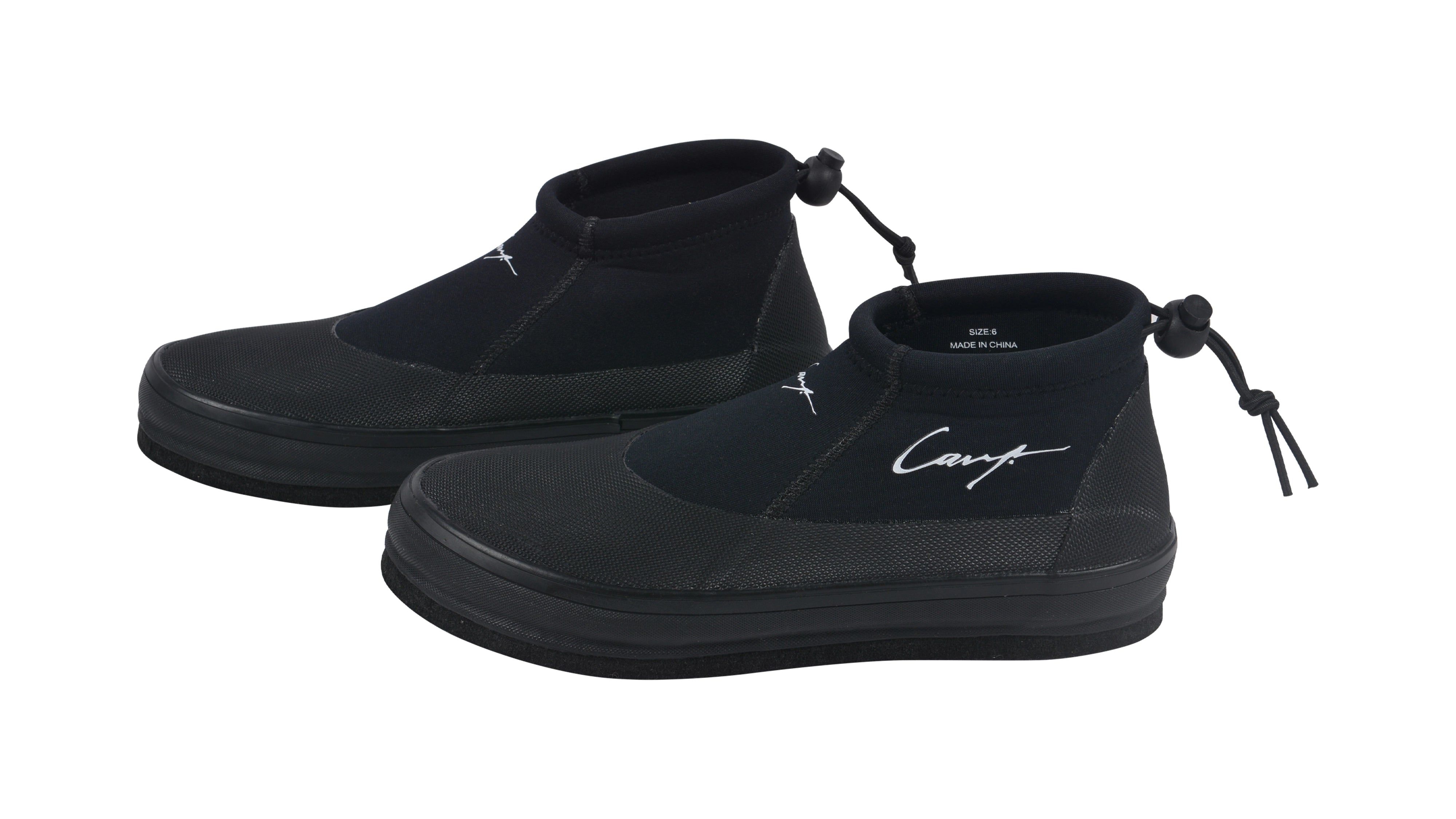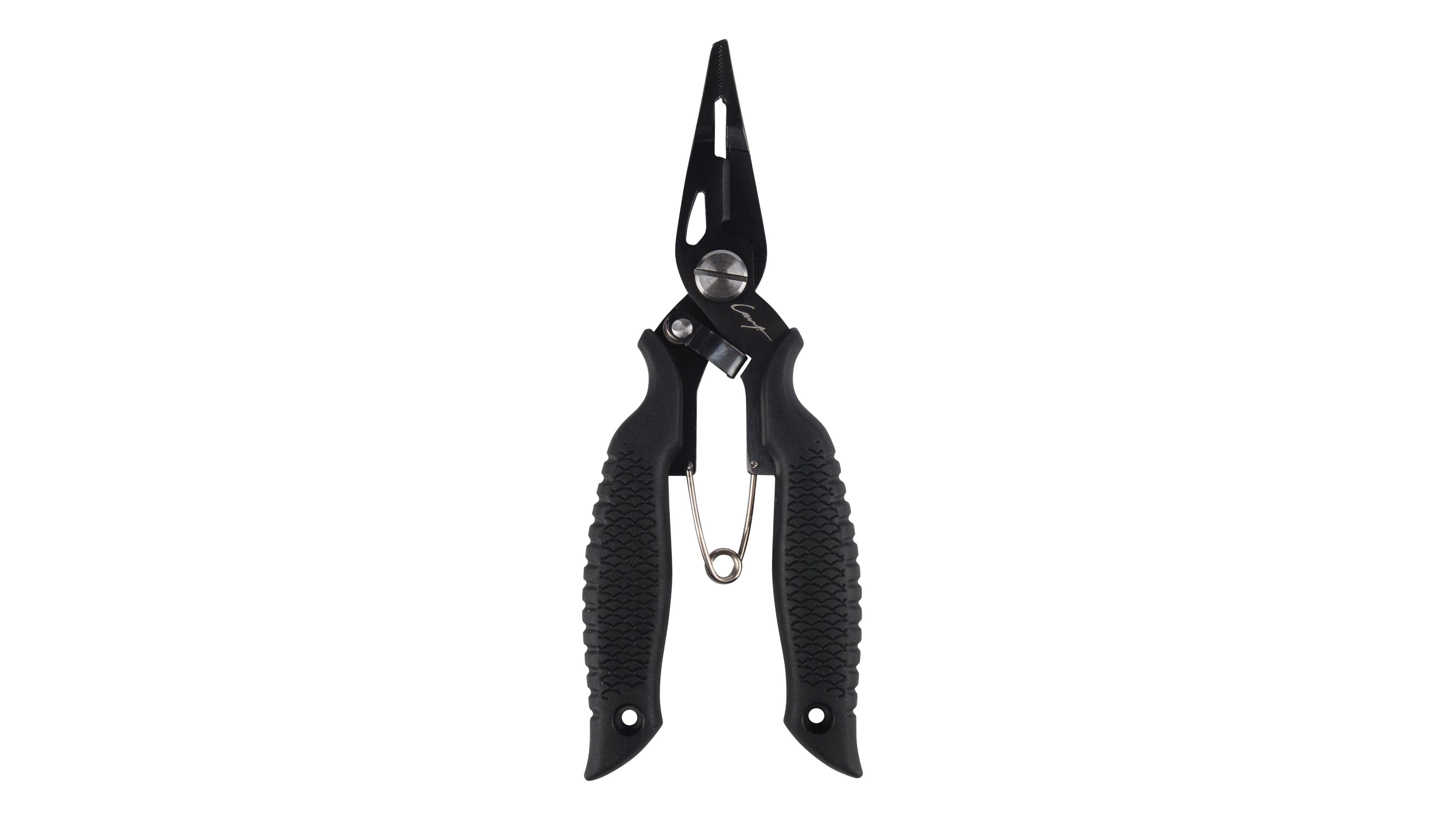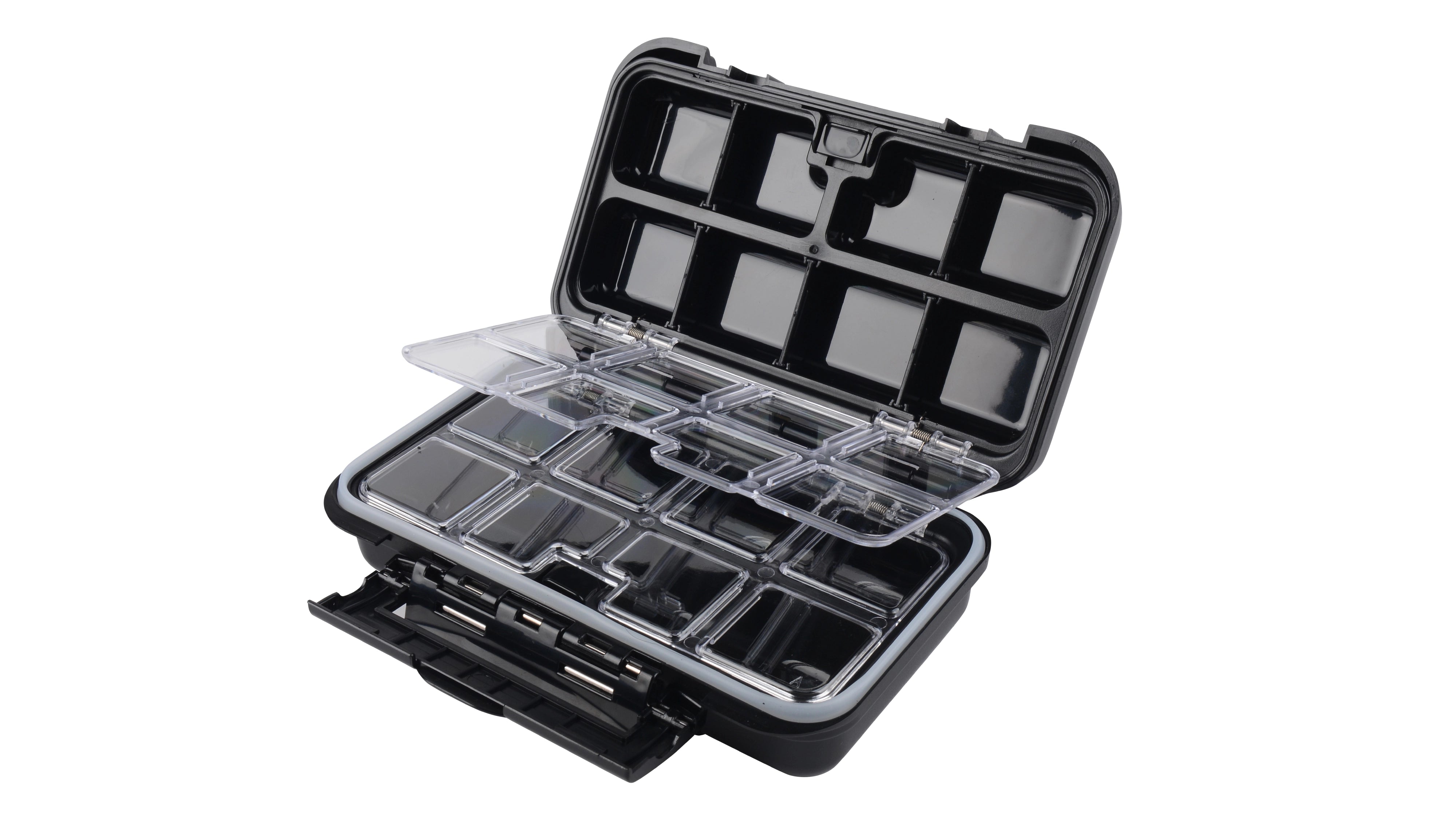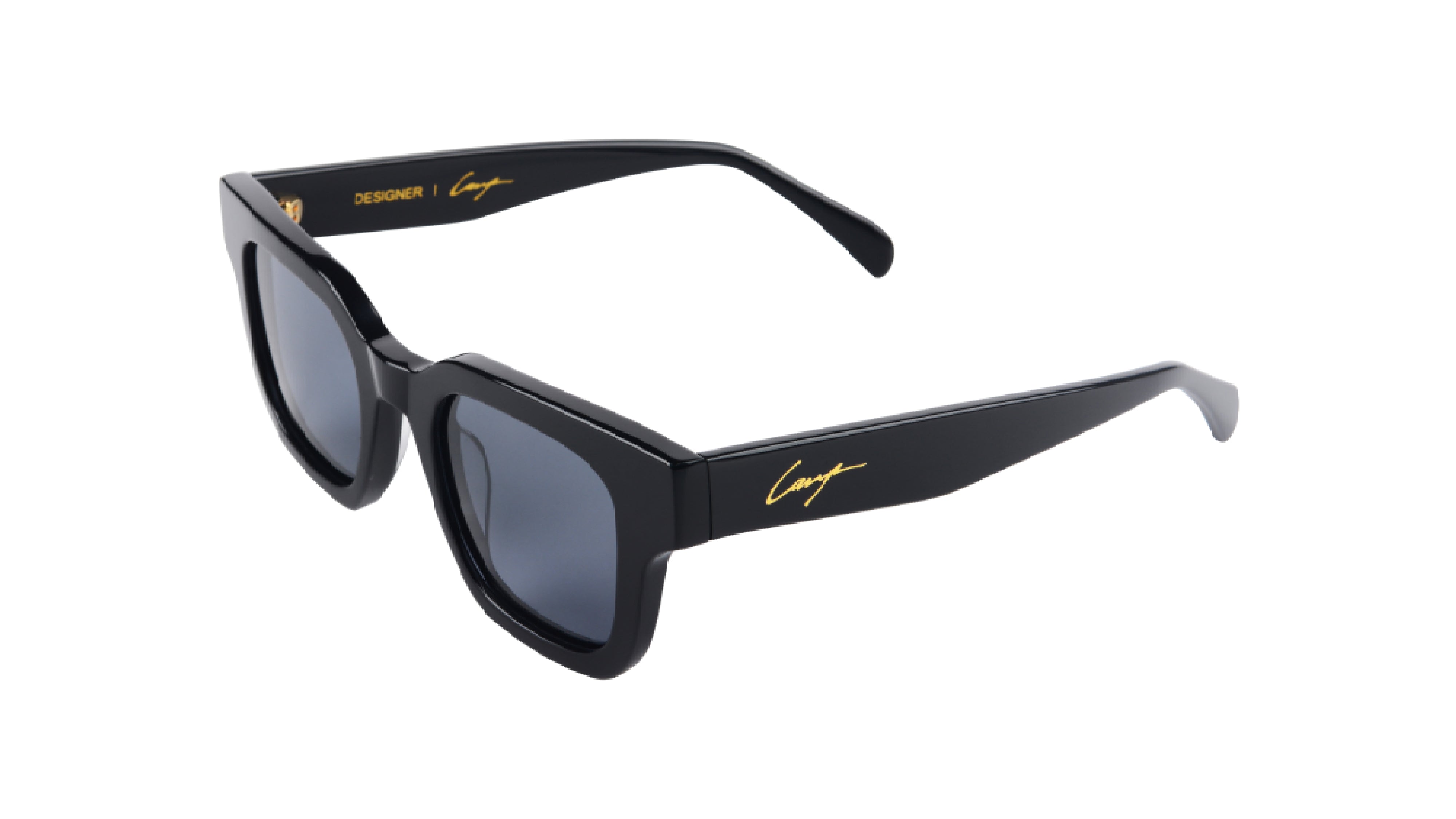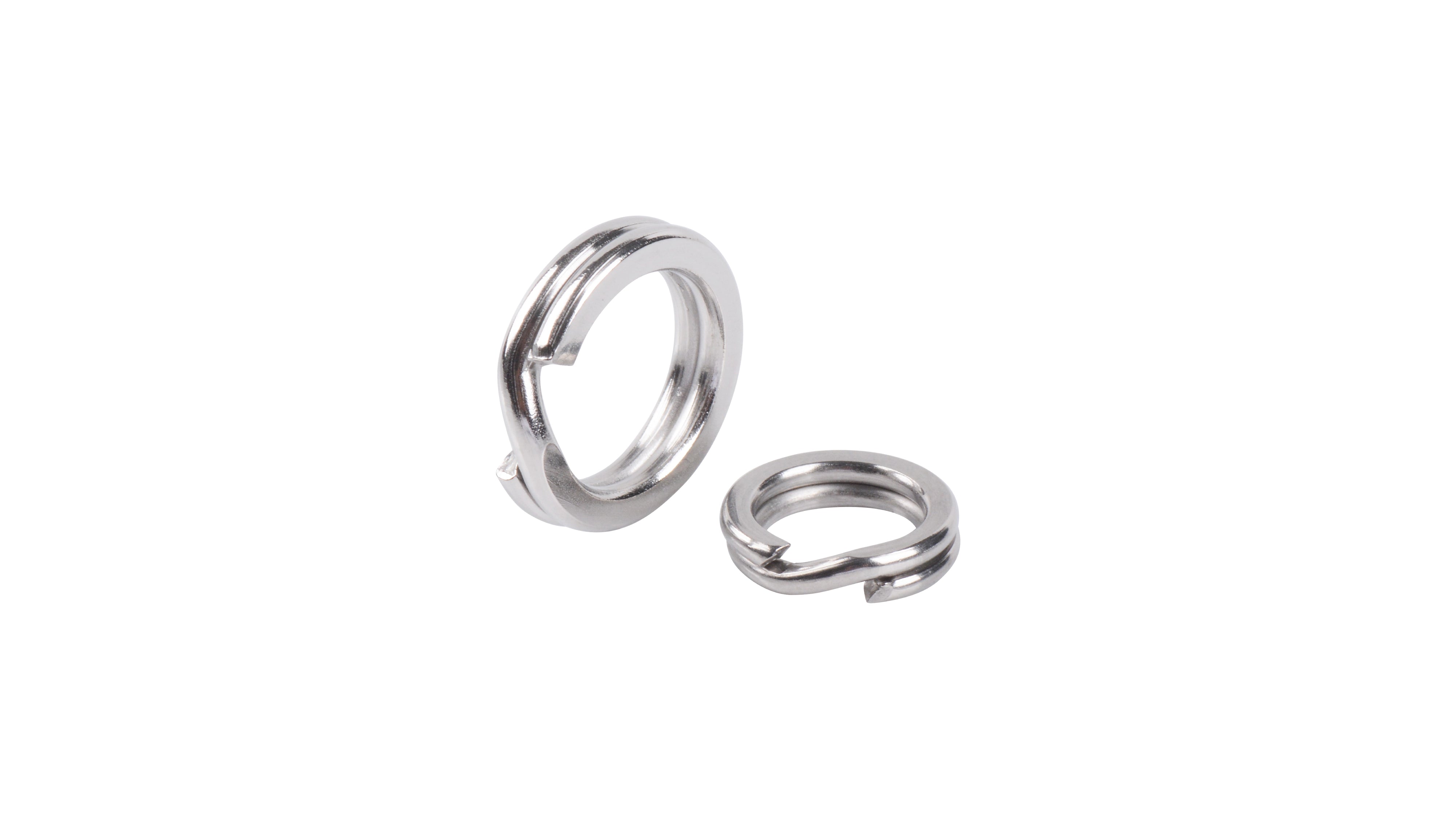The Ultimate Saltwater Lure Masterclass: Matching Tackle, Color, and Action for Aggressive Predators
Introduction: Beyond the Cast—The Science of the Strike
Stepping onto the rocks or the deck in pursuit of a prize catch—be it a massive Giant Trevally (GT) or a reef-dwelling Kingfish—requires more than just brute strength. It demands strategy. The difference between a "donut session" (meaning no catch) and a trophy photo is often found in the subtle, technical details of your lure and tackle selection. At Cavy Fishing, we call it "Matching the Hatch," but it goes far beyond just color and size.
This guide breaks down the technical elements you need to master to consistently trigger that aggressive saltwater strike.
1. Know Your Prey: Decoding the Saltwater Hunting Style
The first and most critical choice is understanding how your target fish attacks its food. This dictates the lure type and retrieve style you should employ.
| Hunting Style | Target Fish Examples | Recommended Lure & Action |
| Ambush Predator | Snapper, Grouper, Reef Cod | Sinking Lures or Slow-Sinking Minnows (Link to [Slow-Sinking Minnows]). They hide in structure and strike when prey lingers in the kill zone. Use a twitch-and-pause retrieve. |
| Spontaneous Hunter | Giant Trevally (GT), Large Tuna | Loud Poppers (Link to [Poppers]), Fast Stickbaits (Link to [Floating Stickbaits]), or high-speed metal jigs. These fish strike reflexively at commotion and disturbance. |
| Cruiser / Stalker | Yellowtail Kingfish, certain Tuna | Subsurface Stickbaits or Minnows that mimic a fleeing baitfish school. These fish patrol current lines and can be more selective in their size and profile choice. |
Cavy Fishing Tip: For GTs, masters often note that a massive splash from a popper is intended to annoy and excite the fish, rather than mimic a specific prey item—pure reflex!
2. Mastering Lure Color: Light, Depth, and Clarity
A fish’s ability to see your lure is heavily dependent on light penetration, which changes with depth, water clarity, and time of day.
Color and Water Depth:
-
Shallow/Clear Water (Bright Sun): Light is abundant. Opt for natural and realistic baitfish patterns (silver, white, blue/silver). Flashing foil finishes are excellent here as they mimic the scale-flash of a fleeing fish.
-
Deep/Murky Water (Low Light): Light quickly dissipates. Contrast and visibility become key. Colors like Chartreuse, Hot Pink, and contrasting White/Red remain visible or create a strong silhouette. Add noise (rattles) to the equation when visibility is poor.
Color and Time of Day:
-
Low Light (Dawn/Dusk): This is prime time. Use colors that maximize contrast or feature glow/UV properties. More importantly, this is when sound and surface disturbance excel (see Section 6).
-
Bright Daylight: Stick to natural, realistic colors. However, don't dismiss a loud, bright Popper if the fish are aggressively busting on the surface.
Some lure options for the above information ^
Stickbaits with GLOW UV PAINT for limited or dark times of the day!
Lures with a big Sound to attract nearby predators are the CHAOS POPPERS
The Cavy x Salty Passion (collaboration) has some epic Realistic Baitfish Colors
3. The Size Strategy: When to 'Match the Hatch' vs. 'Go Big'
Lure size needs to be proportional to the common food source, what baitfish they are eating! Can be anywhere from tiny white bait aka anchovies, sardines up to mullet and even small tuna sizes like Bonito, and skipjack - but this rule is challenged by the most aggressive pelagics such as Spanish Mackerel, Giant Trevally, Wahoo and or territorial attackers like Giant Groupers, and Coral Trout.
Matching the Hatch
For most selective feeders, the goal is to match the size and profile of the local bait schools. If the fish are feeding on small 5cm anchovies, a 10-20cm Sardine or Mullet may be ignored! Simple facts.
Smaller profiled lures can be super effective like the new Cavy Dash minnow
When Bigger is Better
Giant Trevally (GT) and other hyper-aggressive pelagics are exceptions. They view a large lure as a massive, worthwhile meal and often attack large lures with a vengeance. For trophy GTs, 150 to 250 mm lures are very common, and typically will have stronger hooks to withstand the reels drag pressure!
My Own Experience Tip: If you see the fish following your lure but not striking, consider dropping down one size. A slightly smaller lure can sometimes overcome that last bit of hesitancy and lure the fish into a strike!
My Top GT Stickbaits Click Here
4. Casting Distance: Long Cast vs. Short Striking Zone
Your lure choice can be dictated by where the fish are holding—out on the current lines or tight to the shoreline.
Long Casting for Distance
When fish are holding on current seams, offshore structure, or far from the bank, you need distance. Choose lures that are heavy or feature internal weight-shifting mechanics (magnetic or sliding weights) to fly further and more accurately.
When i need to cast long I go to my favorite all time Sinking Stickbait the Chaser series incredible easy to use actioned lure that gets hits!!
Short Casting for Structure
Fish like GT and Kingfish often hunt right up against shorelines, reef edges, and rock ledges, particularly on a rising tide. When fishing these tight, close zones, casting distance is less important than accurate placement and action. A lure that is easy to work at close range, like many floating poppers, is often preferred.
🚀 Lures with Internal Weight Systems Cavy Shifter lure range
5. Lure Types: The Full Water Column Approach
The environment and the depth of the water column you're fishing determine the essential lure types for your tackle bag.
A. Topwater Lures: Snag-Free Excitement
Ideal for shallow reefs, rock bottoms, or when fish are feeding on the surface. They offer a visually spectacular strike.
-
Poppers: Create a deep bloop or pop sound and large splash. CHAOS POPPERS
-
Floating Stickbaits: Work with a rod sweep to create a subsurface "S" swim and surface splash, mimicking a wounded baitfish. My Top GT Stickbaits Click Here
-
Walk-the-Dog: Work with a continuous rod twitch to create a side-to-side zig-zag action. Link to Cavy Walk the Dog Lures
B. Minnow / Plug Lures: The Versatile Subsurface Swimmer
Minnows are fantastic all-round performers, thanks to their bib (nose) which imparts a stable, attractive swimming action.
-
Deep Diving: For fishing structure deeper than 2m
-
Shallow Diver / Suspending: Crucial for fishing near shallow reefs and rock ledges to avoid snagging. A suspending lure is particularly effective as it hovers perfectly in the strike zone on the pause. Link to Cavy x Salty Passion Shallow Water Minnows
C. Sinking Lures: Getting to the Bottom
For fish holding deep or off a steep drop-off, Sinking Stickbaits or Metal Jigs are required. A sinking stickbait can be swept aggressively to imitate a panicked fish trying to get away from the bottom.
All my Handmade Stickbaits have a sinking version for this reason and can be found here Sinking Stickbaits
6. Pairing Up Your Equipment: The Technical Match-Up
This is where the serious gear check happens. Your rod, line, and hooks must be matched to your lure and the sheer power of a large saltwater predator.
The Rod & Line Rating Check
Your rod’s casting rating must align with your lure weight for optimal casting distance and safety. A thinner diameter braided line casts further but requires an FG knot (or similar) to connect to a shock leader for maximum strength.
The Drag Pressure and Hardware Integrity
This is the most common failure point!
-
Hooks: High drag pressure can bend or snap weak, small hooks. Always upgrade your lure's default hooks to high-quality, heavy-gauge treble hooks or single assist hooks rated for the target species.
Link to High-Strength Treble Hooks And Heavy Duty terminal tackle by Cavy Fishing -
Lure Body: On massive fish, excessive drag can rip the hook right out of the lure body. This is why top-tier lures feature wire-through construction—a continuous wire running from the tow point to the tail hook, ensuring the fish is fought against the wire, not the plastic/wood body.
-
GT Master Tip: You must match everything up correctly! Too little drag and you can’t turn the fish from structure; too much, and you risk ripping the lure apart or straightening the hooks. The entire setup is only as strong as its weakest link.
Link to a page featuring All my handmade lures are wire through construction to deal with the most powerful fish in the sea like GT and Kingfish
7. Lure Action and Time of Day: Sound vs. Silhouette
The lure’s presentation should change depending on how the fish is perceiving its environment.
Low Light / Aggressive Feeding (Noise is Key)
When it's dark or the fish are on the hunt, noise and surface stir help them locate and track the lure:
-
Popper: Creates a nice blooping/popping sound.
-
Floating Stickbait: A fast sweep creates a surface splash, mimicking a fleeing baitfish.
-
Diving Poppers: Mix sound with an extra bubble trail, which can really stir fish up and offer a visual track.
Daylight / Hesitant Fish (Realism is Key)
In bright light, a more subtle, realistic approach is often better for hesitant fish:
-
Floating Stickbait: Works best with a slower, rhythmic sweep to create a natural, "S" swimming pattern.
-
Minnow: The stable, tight wiggle is a perfect baitfish imitation that can tempt a selective predator.
Final Cavy Thought: Don't be afraid to experiment! If they aren't hitting the loud popper, switch to a subtle stickbait. The bite can change by the hour.
Find your perfect match-up for the big one. Shop our full collection of premium saltwater lures, rods, and heavy-duty tackle today at cavyfishing.com
